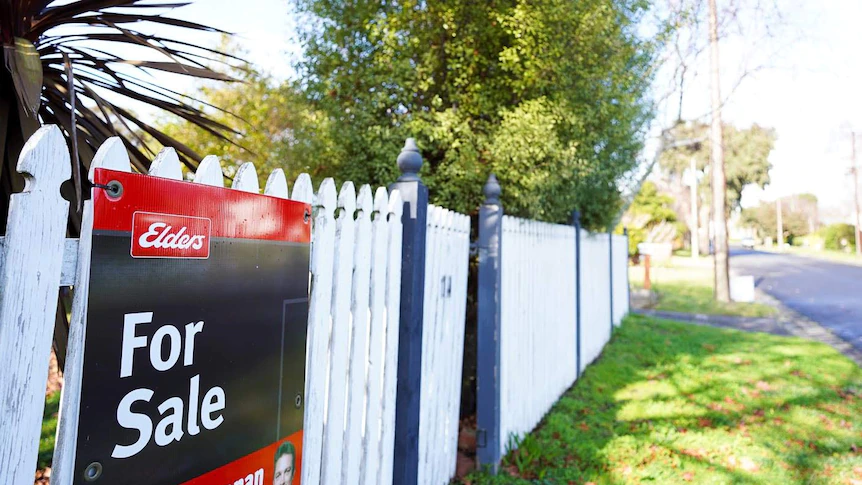Australian housing market continues to witness price surges, posing challenges for first-time buyers. For the past six months, Justine and Kester Rozario have been actively searching for a home to realize their dream of starting a new family. However, the quest to find an affordable home remains a constant struggle for them. They are first-time homebuyers, eagerly attempting to step onto the property ladder.
In their recent endeavor to acquire a house in Western Sydney through a weekend auction, their bid fell short of the soaring market prices, with the property eventually fetching AUD 1.249 million—well above their budget.
Growth Might Slow Down in The Near Future
Despite the ongoing surge in housing prices, Justine remains hopeful that the rate of growth might slow down in the near future. “I believe that in the last three or four months, there may have been a slight decrease in the number of participants in auctions,” she remarked.
Kester, her partner, noted that higher interest rates compelled them to adjust the amount they could borrow. “This situation has forced us to make some compromises, but we are in a reasonable position and hopefully can provide for our family,” he expressed.
Housing Prices Continue to Ascend
Housing prices in Australia seem poised to reach record highs once more, even as an increasing number of properties enter the market alongside higher interest rates.
Data from CoreLogic, a housing research firm, indicates that national housing prices experienced a 0.8 percent increase in September. This surge was most prominent in Adelaide, Brisbane, and Perth, where housing supply still lags behind the five-year average by approximately 40 percent.
The current average home prices stand at AUD 1,110,660 in Sydney, AUD 776,716 in Melbourne, and AUD 691,591 in Adelaide.
Eliza Owens, Head of Research, highlighted that this places Australia’s housing market just 1 percent below its previous peak in April 2022. “Starting in early 2023, values began to rise, and this happened despite four interest rate hikes earlier in the year,” Eliza commented. She attributes this phenomenon to the remarkable imbalance between supply and demand in the Australian housing market.
Growing Frustration Among First-Time Buyers
This situation continues to frustrate thousands of first-time homebuyers in Australia. Eliza mentioned that although the overall housing inventory has decreased, the actual data shows that more people have opted to sell their homes in recent months.
“We have seen a consistent increase in the number of homes listed for sale in Australia, and this has slightly moderated the pace of price growth, which dropped to around 2.2 percent in the September quarter compared to a 3 percent increase in June,” she explained.
In September, Adelaide witnessed a capital gain increase of 4.3 percent, followed by Brisbane at 3.9 percent and Perth at 3.6 percent. The property market in Sydney expanded by 1 percent in September, while Melbourne experienced growth of only 0.4 percent.
Last Saturday, an old small house in Marayong, Sydney, was sold for AUD 780,000 above the listed auction price.
In its advertisement, real estate agent George Elias described the house as “needing a bit of love and attention.”
George emphasized that the housing market remains “fairly robust” due to higher demand compared to supply. “There are many buyers in the market, and not many properties for sale,” Elias stated.
Meanwhile, the Hobart housing market saw a 0.6 percent decline.
Regional markets continue to lag behind capital cities, with every ‘rest of state’ region recording weaker growth conditions compared to capital city regions in the September quarter.
Conclusion
The unrelenting rise in housing prices in Australia presents a formidable challenge for first-time buyers like Justine and Kester Rozario. Despite their determined efforts, the dream of homeownership remains a distant aspiration, highlighting the urgent need for measures to address the ongoing housing affordability crisis in the country.



